Vanguard has a new research paper about global asset allocation. One of their findings was that market-cap-weighted indexed portfolios provided higher returns and lower volatility than the average actively managed fund. Thus, they suggest that a good starting point for all investors is a portfolio that is weighted according to the world’s relative market values.
However, in every country that they examined, investors on average had a home-country bias, tending to own more equity from the country they live in than the market-cap weighting would suggest. The chart below is rather striking. Found via Reformed Broker and Abnormal Returns.
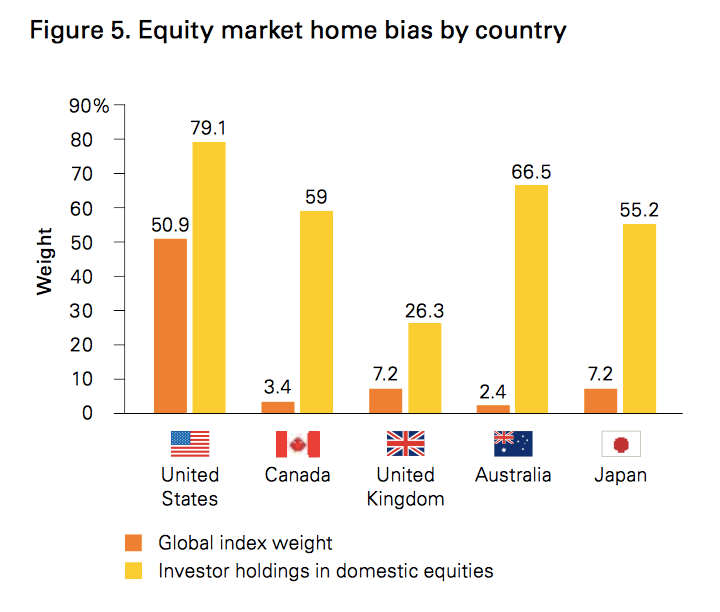

Americans on average hold roughly 80% in US stocks, while the US market makes up 50% of the global market. However, the average Canadian resident holds roughly 60% in Canadian stocks while only making up 3% of the global market. Australian residents hold roughly 66% in Australian stocks while only making up 2% of the global market. I find this very interesting.
This is where I should state proudly that my stock holdings are split 50% US and 50% International, with equal amounts of the Vanguard Total US ETF (VTI) and Vanguard Total International ETF (VXUS) or their mutual fund equivalents. However, I admit that I do worry about the political and economic environments of other countries, especially given current events. On the other hand, I worry that I am being influenced by recent past performance. I usually end up telling myself that I am buying the haystack and letting the markets work themselves out over the long run.
The Vanguard paper also offers a guide to weighing various factors in deciding the amount of your home bias. Here’s a summary chart:
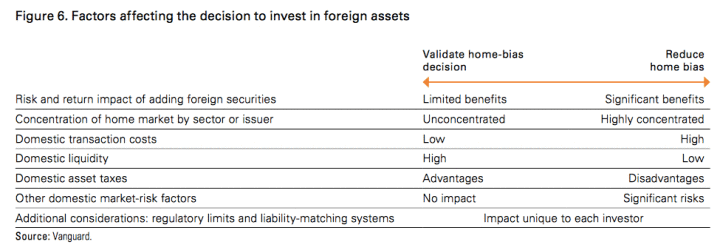
 Talking about death is always an awkward topic (even though it will happen to all of us), but this is my version of the many similar PSA-type funeral articles you’ll come across in personal finance magazines and columns.
Talking about death is always an awkward topic (even though it will happen to all of us), but this is my version of the many similar PSA-type funeral articles you’ll come across in personal finance magazines and columns. 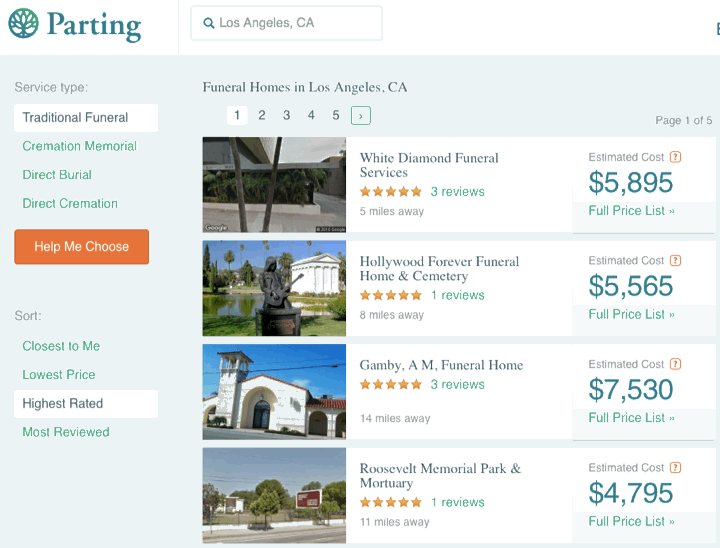
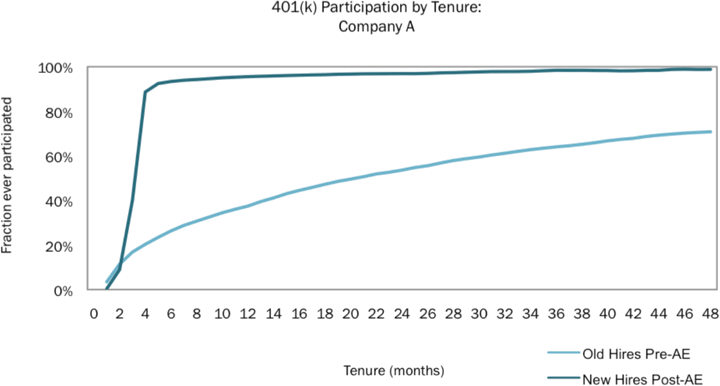
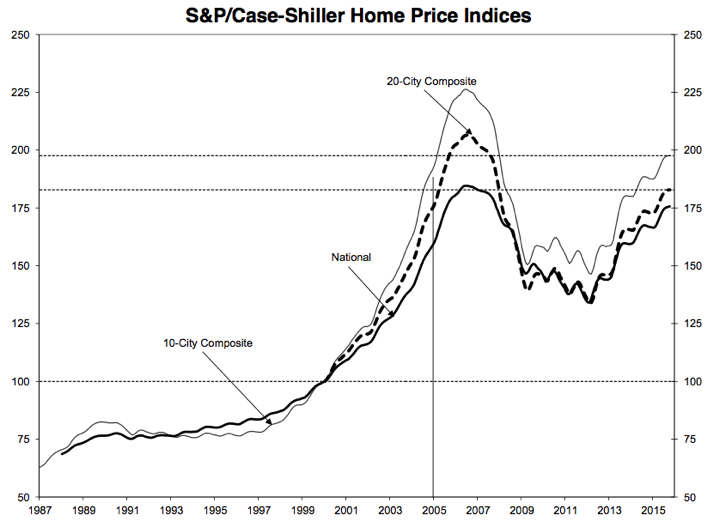
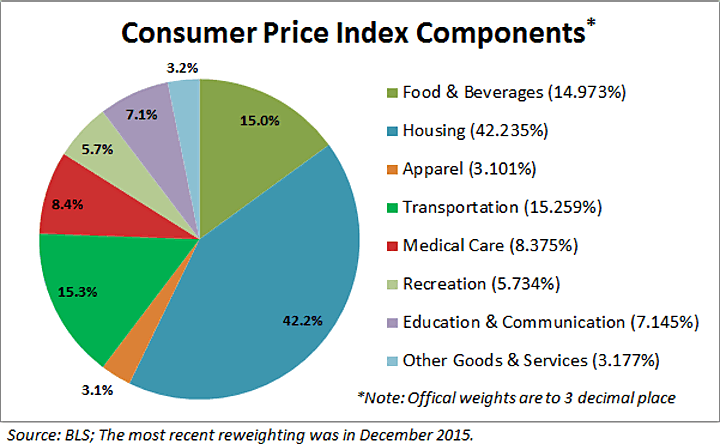
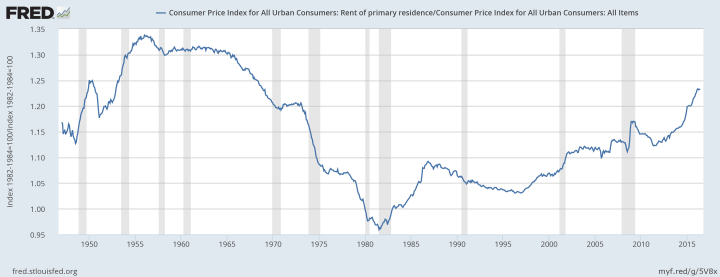
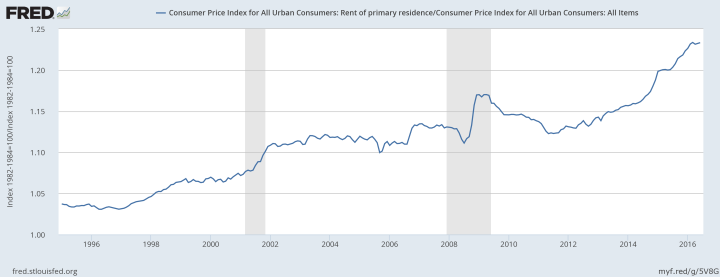
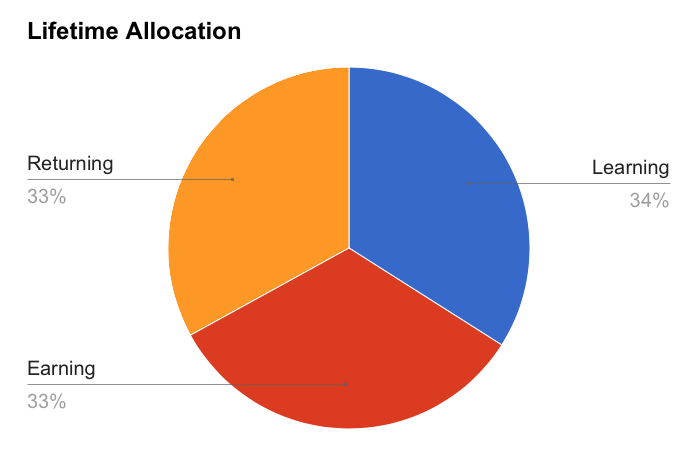
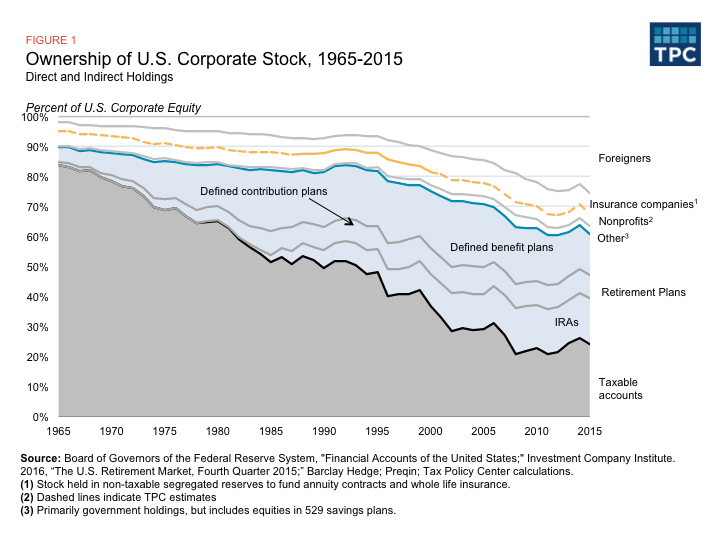
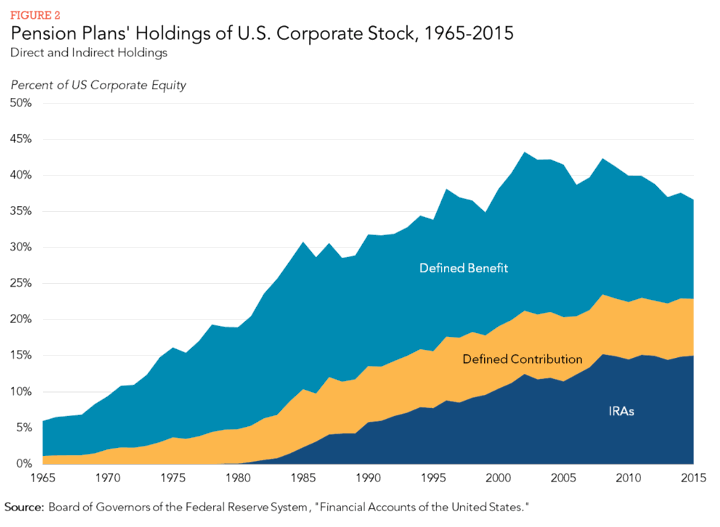
 Comcast offers an affordable internet access program called
Comcast offers an affordable internet access program called  Quartz published an article with the provocative title
Quartz published an article with the provocative title 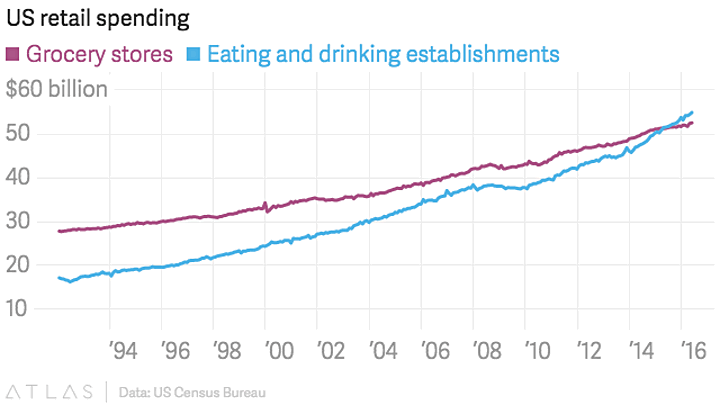
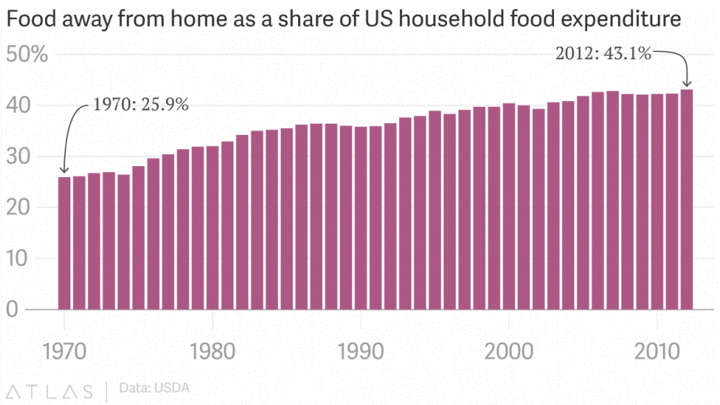
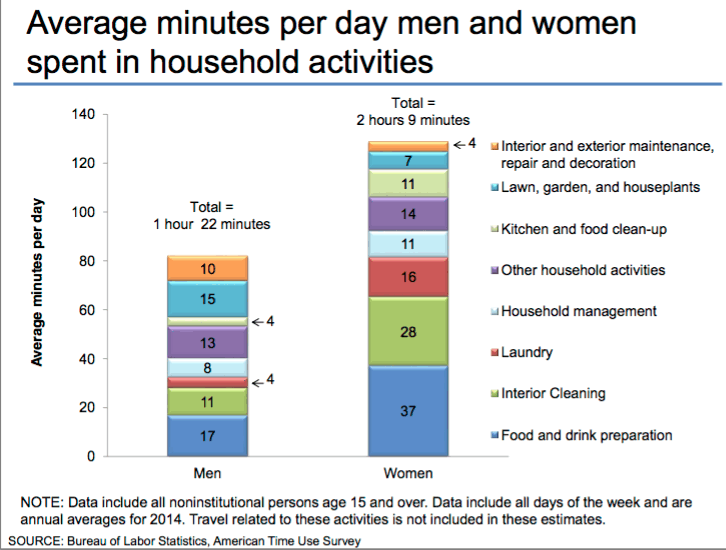
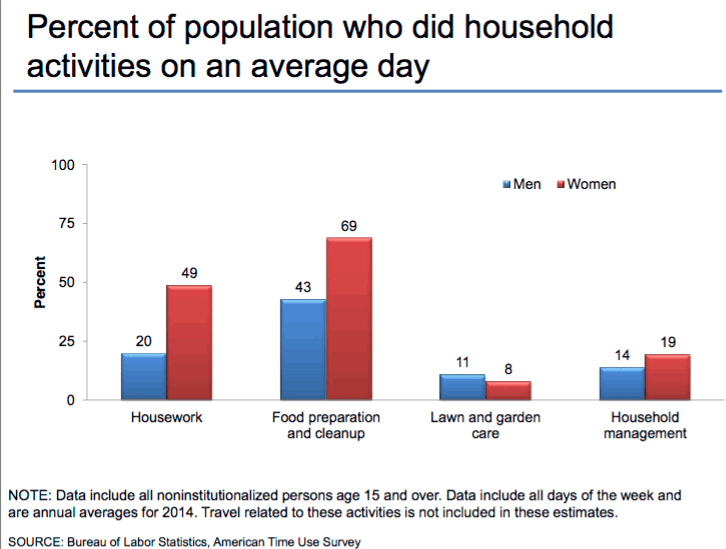
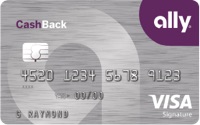 If you have an Ally Bank savings or checking account, you’ve likely been pitched their new
If you have an Ally Bank savings or checking account, you’ve likely been pitched their new 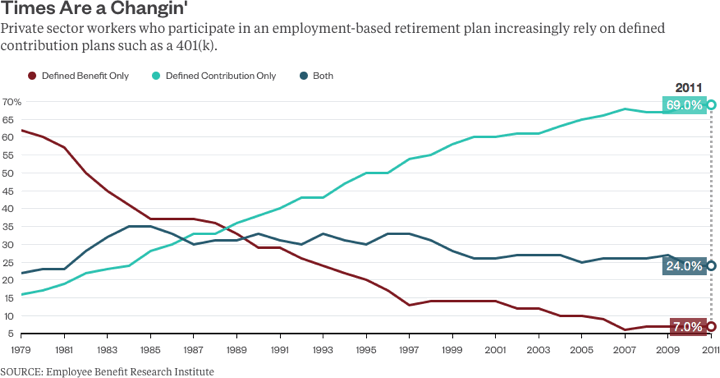
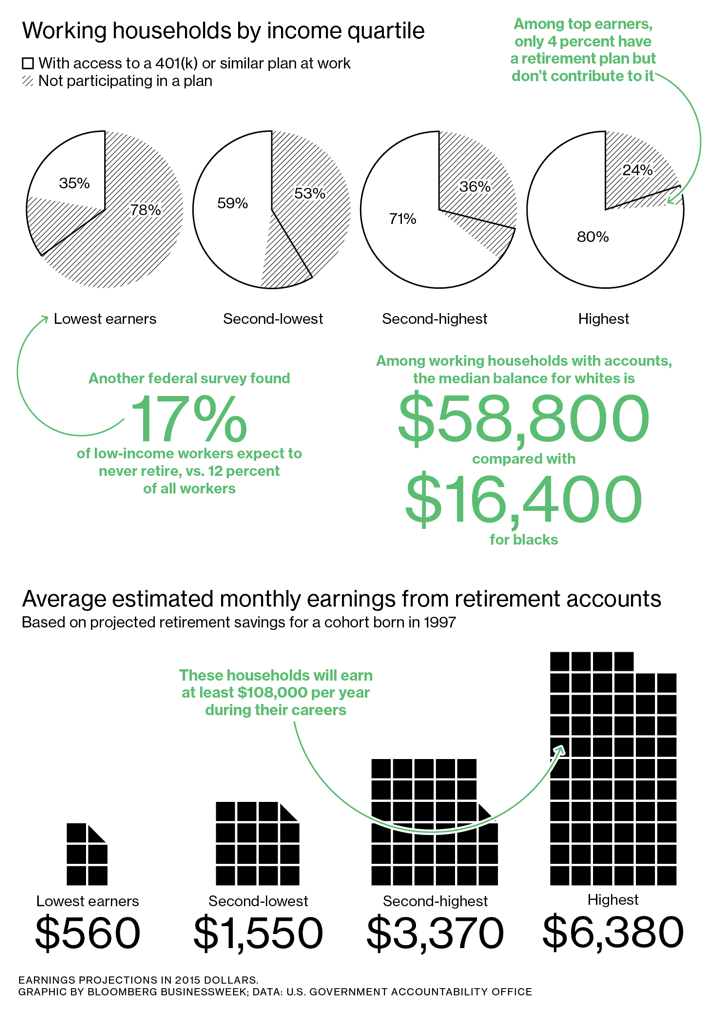
 We recently returned from a family trip to Europe, and I found myself missing my data plan more than ever before. I kept thinking about the slow 2G data that
We recently returned from a family trip to Europe, and I found myself missing my data plan more than ever before. I kept thinking about the slow 2G data that 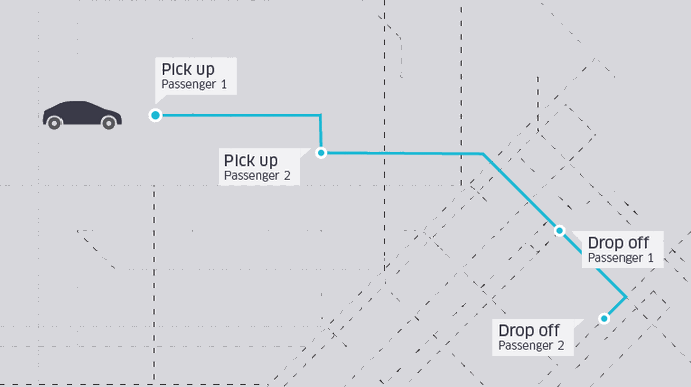
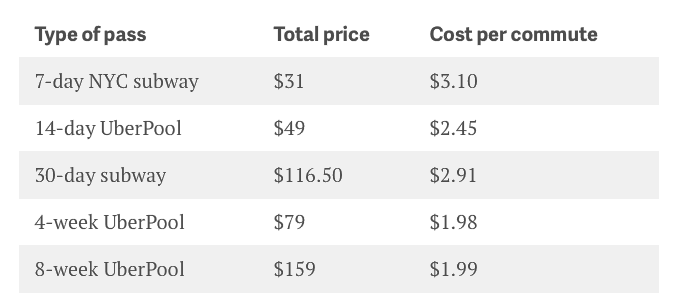
 The Best Credit Card Bonus Offers – March 2024
The Best Credit Card Bonus Offers – March 2024 Big List of Free Stocks from Brokerage Apps
Big List of Free Stocks from Brokerage Apps Best Interest Rates on Cash - March 2024
Best Interest Rates on Cash - March 2024 Free Credit Scores x 3 + Free Credit Monitoring
Free Credit Scores x 3 + Free Credit Monitoring Best No Fee 0% APR Balance Transfer Offers
Best No Fee 0% APR Balance Transfer Offers Little-Known Cellular Data Plans That Can Save Big Money
Little-Known Cellular Data Plans That Can Save Big Money How To Haggle Your Cable or Direct TV Bill
How To Haggle Your Cable or Direct TV Bill Big List of Free Consumer Data Reports (Credit, Rent, Work)
Big List of Free Consumer Data Reports (Credit, Rent, Work)